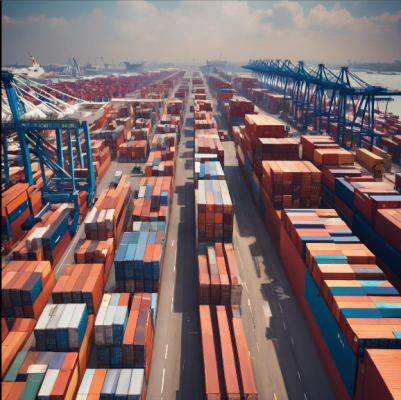In the intricate world of international trade, understanding and navigating customs and regulations stand as paramount challenges for import/export businesses. Compliance is not just about adhering to laws; it’s about streamlining operations, minimizing delays, and optimizing costs. This comprehensive guide aims to illuminate the path through the complex landscape of customs and trade regulations, ensuring your business remains compliant, competitive, and successful.
Understanding Customs Regulations
Customs regulations are the rules enforced by the authorities of each country to regulate the flow of goods across borders. These regulations are designed to protect a country’s economy, environment, and security, and they include tariffs, trade agreements, and prohibitions or restrictions on certain goods.
Key Areas to Focus On:
- Tariffs and Duties: These are taxes imposed on imported goods. The rates can vary widely depending on the product and the country of origin. Understanding how to calculate these costs is crucial for pricing your products competitively.
- Trade Agreements: Many countries have trade agreements that allow for reduced tariffs or duty-free import of certain goods. Familiarize yourself with these agreements to take advantage of lower costs.
- Restricted and Prohibited Goods: Each country has its own list of items that are restricted or completely banned from import/export. Ensure you’re not trading in goods that are prohibited in your target markets.
Streamlining the Customs Process
The key to a smooth customs process is preparation and understanding of the necessary documentation and procedures. Here’s how to streamline this process:
Documentation
Accurate and complete documentation is critical. Common documents include:
- Commercial Invoice: Details the transaction between the exporter and importer.
- Bill of Lading: Issued by the carrier, detailing the goods shipped.
- Certificate of Origin: Verifies where the goods were made.
- Packing List: Specifies the contents of each package.
Best Practices
- Electronic Data Interchange (EDI): Many customs operations now support EDI, allowing for faster processing of documents.
- Customs Brokers: These professionals can navigate the complexities of customs on your behalf, ensuring compliance and efficiency.
- Regular Training: Customs regulations frequently change. Regular training for your team can help avoid costly mistakes and delays.
Mitigating Risks and Ensuring Compliance
Compliance with customs regulations is non-negotiable. Non-compliance can result in fines, delays, and damage to your reputation.
Steps to Ensure Compliance:
- Stay Informed: Regulations change frequently. Subscribe to updates from official customs and trade websites of the countries you’re dealing with.
- Internal Audits: Regularly review your customs activities to ensure you’re meeting all requirements.
- Compliance Programs: Implement a compliance program within your organization. This should include procedures for documentation, audits, and training.
Leveraging Technology
Technology plays a vital role in managing the complexities of customs and trade regulations.
- Customs Management Software: These solutions can automate many aspects of the customs process, including document management and compliance checks.
- Global Trade Management Systems: These systems offer a comprehensive platform for managing all aspects of international trade, including compliance with global regulations.
Navigating the maze of customs and regulations requires diligence, knowledge, and the right strategies. By understanding the essentials, leveraging technology, and engaging professionals when necessary, import/export businesses can ensure smooth operations and avoid the pitfalls of non-compliance. Remember, in the dynamic realm of international trade, staying informed and adaptable is key to overcoming challenges and seizing opportunities.
